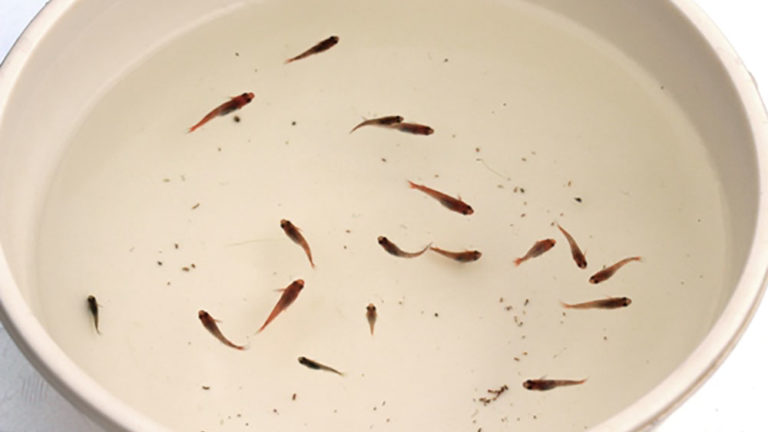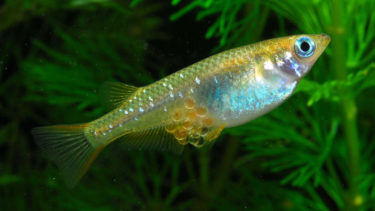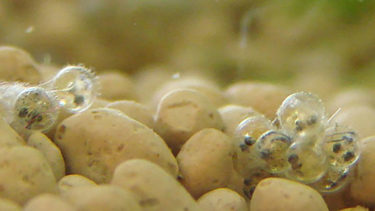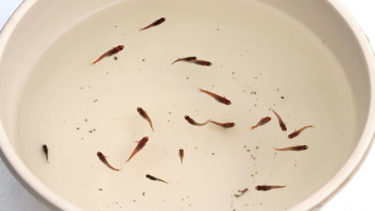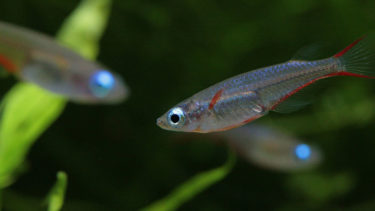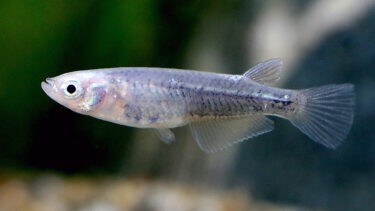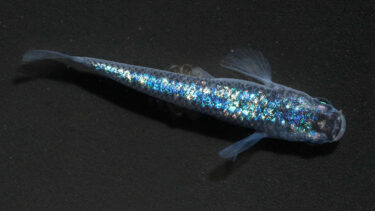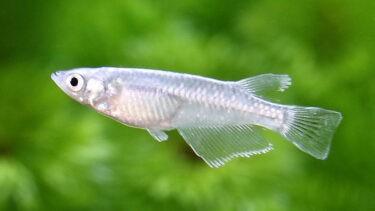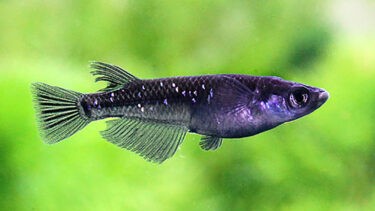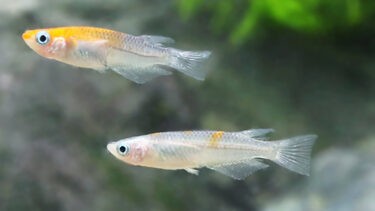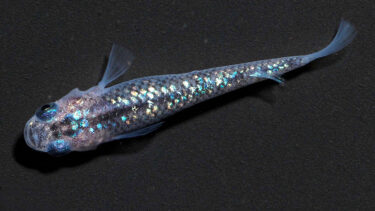After the spawning is over, the fry hatch and are born. There are many things to take care of, such as the fry's food and precautions to be taken. In this article, I would like to explain how to raise fry and what to do about it.
Time to hatching
It takes approximately 10 to 14 days for the eggs to hatch after they have finished spawning and are attached to water plants. Note, however, that the time until hatching may vary depending on the high water temperature and water quality.In some cases, the eggs hatch as early as a week or so, so it is safe to assume that they can hatch anytime within a week or so after you confirm that the eggs have attached themselves to the water plants. For this reason, if you see eggs attached to aquatic plants, please remove them from their parents as soon as possible and keep them in a separate aquarium from the adults.
Many people who keep killifish want them to spawn. However, not many people know about spawning and what they need to do to prepare for it. This time, we would like to explain the method of spawning and the points to be noted [...].
After the spawning is over, the next step is to raise the fry. So this time, I would like to explain in detail how to raise fry and the measures to take. The period until hatching [...].
Immediately after hatching

The fry immediately after hatching are only about 2 to 3 mm in size and can be mistaken for a piece of thread, so much so that some people may not be able to confirm whether or not they have hatched.And the biggest problem for those who are new to spawning will be the issue of feed. The reality is that many people do not know when to start feeding and how much to feed. Immediately after hatching, fry have a mass of nutrients in their bellies called "yawsack," which they consume to sustain themselves. The yawsack disappears in about two days. When the yokelsacks are gone, the fry gradually begin to swim. Immediately after hatching, the fry do not move much and just drift around in the water, so when they start to swim, it is time to feed them.
Post-hatching feed
There are several candidates for the yoke sacks that will be gone, and finally feed after two days of hatching.
brine shrimp (Artemia salina)
Artificial feed
The first, phytoplankton, is simply a method that uses green water or similar. Green water is explained in the following page. Many people, such as those who keep their animals outside, use this phytoplankton as bait.Microorganisms such as blue-green algae, which are the source of green water, thrive in the presence of sunlight, so indoor locations without sunlight are often unsuitable. One of the disadvantages of green water is that it makes the organisms invisible. Since it is called "green water," it is characterized by the green color of the water, so it is not recommended for those who want to enjoy the process of growth of the organisms because they cannot be observed.
The second method, brine shrimp, simply put, uses shrimp fry as bait. Brine shrimp are explained in the following page. The biggest advantage of using brine shrimp is their high nutritional value. Since shrimp fry are used, they consume a lot of animal protein, which promotes growth.However, the water quality is likely to deteriorate, so the amount of feed should be adjusted frequently when using it.
The third method, artificial feed, is to use feed sold at specialty stores. However, you should use a product that is sold exclusively for fry. Compared to regular feed, feed specially designed for fry has higher nutritional value and is the best feed when fed in moderate amounts.And the advantage of using artificial feed is that it requires less effort. For example, with green water, it is often difficult for the average person to maintain the best conditions because it is necessary to frequently change the water when the green water is generated by exposing it to sunlight and when many microorganisms have grown. However, with artificial feed, all you have to do is go to a specialty store, purchase it, and store it properly to prevent moisture from entering.
There are others regarding bait, but I recommend that you choose one of these three as they are the most commonly chosen and try to do it.
Green water, sometimes called blue water, is a phenomenon in which the water turns green. This phenomenon can occur in any aquarium where ornamental fish are kept, including goldfish. In this article, we will discuss the benefits of green water and how to deal with it. Greenwater [...].
Sometimes you may feel lonely when you have only goldfish in your aquarium. The easy solution to such a situation is to use aquatic plants. Adding various kinds of water plants to the aquarium can make it more colorful. In this article, we will explain why you should add water plants to your goldfish. [...].
One week after hatching ~.
About a week after hatching, they will be about 5 mm in length and will be able to enjoy swimming at this time. The body color is black, so they do not look so good yet. At this time, the most important thing to keep in mind is that changes in water temperature or water quality may cause them to die, so you need to keep a close eye on them.In addition, if you are using a suction-type filter, it is common for fry to approach the suction port and be sucked into the filter, which can cause accidents. If you must use a suction filter, please cover the suction port with gauze or other fine material to prevent suction.
One month after hatching ~.

About one month after hatching, the fish will be about 1.5 cm in length, and their body color will begin to change from black. This is when the sorting process begins in earnest.The general public does not need to sort, but those who raise large numbers of fry or growers need to separate the good individuals from the not-so-good ones. If you do not separate the good fry from the bad ones, you will see a difference in body length among the fry if you feed them equally, so you will need to sort the good ones by giving them better feed such as color fry. However, it is recommended that you can see which fry will become good individuals when you are observing them, as it will add one more enjoyment.
2 months after hatching ~.

After about two months from hatching, the fry will be about 2.5 cm in length and ready to be placed in an adult aquarium. The timing is often a problem for first-timers. A good time to do this is when they are able to eat the food you are feeding the adult killifish, and then you can put them in with the adults.If you are still concerned about this, you should place aquatic plants in the adult tank so that the fry can compensate for the lack of food by eating the plants.

